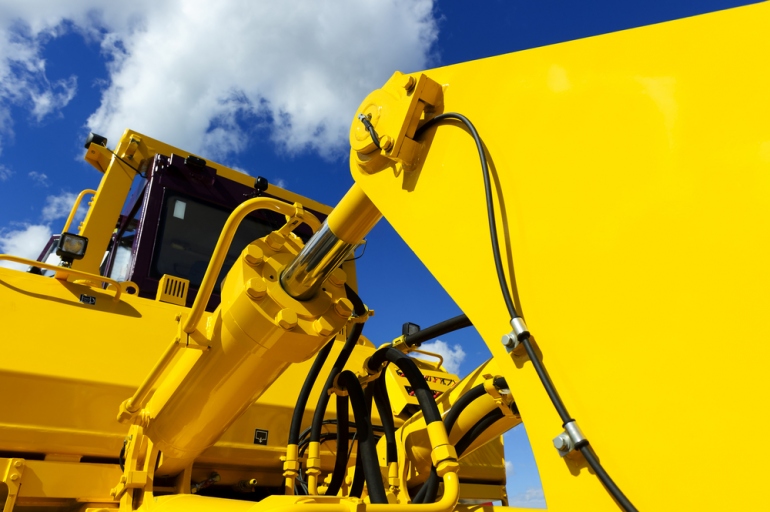While there’s a tendency to think that hydraulics is a relatively advanced and modern technological concept, it can actually be traced back to 6000 BC.
At this point in history, water power was first used by ancient Mesopotamians and Egyptians for irrigation, setting a precedent for several civilisations throughout history.
In this post, we’ll explore the history of hydraulics in further detail, while appraising its applications and the future for this type of technology.
The History of Hydraulics – The Key Milestones
Although hydraulic systems have existed across all cultures and ages, the word ‘hydraulic’ is thought to have its roots in Greek language.
There’s a good reason for this too; with the Greeks responsible for developing the world’s first complex systems of water and hydraulic power, including irrigation systems, aqueducts and canals.
Aqueducts were particularly important at this time, as they provided a reliable way for cities to get a supply of water from local sources and transport it easily.
The Romans were also known for their advanced engineering skills, but it wasn’t until the 17th century that the study of hydraulics truly advanced. This was due to Simon Stevin’s discovery of the hydrostatic paradox and the study of non-moving water, along with parallel observations made by Galileo Galilei on gravity.
More specifically, the latter revealed the presence of gravitational acceleration, which played directly into the movement of water and paved the way for liquid jets and the so-called “liquid barometer”.
This also laid the foundations for Frenchman Blaise Pascal to start working on mechanical calculators, becoming one of the first two inventors of this device in 1648.
Combining the previous research with his own mathematical knowledge (and his uniquely calculated ‘Pascal’s triangle’), the engineer studied hydraulic fluids and discovered that if pressure is applied to fluid inside of a closed system, this is subsequently distributed equally in all directions.
The Applications of Hydraulics and a Quick Look to the Future
Of course, contemporary hydraulic systems have evolved considerably from this point in time, allowing for the development of advanced fluid control measures and similar innovations. Substantially, with technological advancements, modern hydraulic systems now utilize cutting-edge hydraulic parts and components, making them more efficient and precise in their fluid control measures. These developments have revolutionized the industry, allowing for greater control and reliability in various applications such as heavy machinery and industrial equipment.
As a result of this, we now see hydraulics used in a wide range of applications, from large-scale industrial examples to everyday tasks and jobs.
In fact, it’s incredible to think how widely used hydraulics systems are in the modern age, from gasoline pumps and theme park rides to the utilisation of hydraulic brake circuits in automobiles.
Incredibly, hydraulics are even used in dishwashers, which utilise this technology to increase water pressure for superior cleaning and performance.
When trying to appraise the future for hydraulics and the overarching industry, some of the most pressing challenges currently revolve around reliability and the need for increased energy efficiency.
With this in mind, it should come as no surprise that industry leaders are focused on advancing fluid power technology as a way of driving greater levels of efficiency, while focusing on high-performance innovations like Electrohydrostatic Actuation (EHA).
The latter is sometimes referred to as being “powered by wire”, as actuation can be delivered in a self-contained unit that combines both electric and hydraulic energy.







